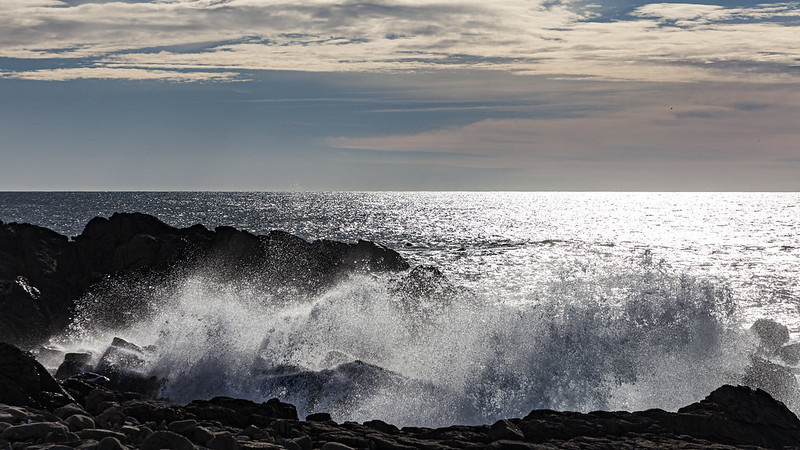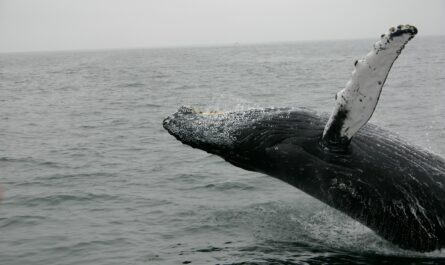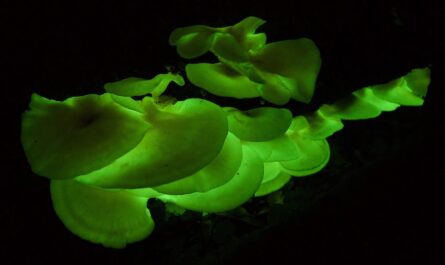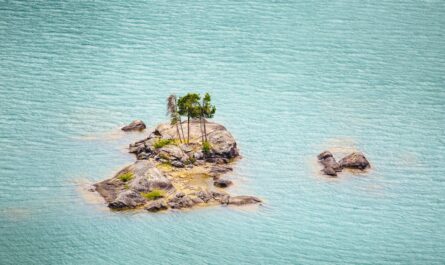The Atlantic Ocean, often seen as the calmer sibling of the tumultuous Pacific, hides mysteries beneath its waves that are equally fascinating. One of its most captivating features is the Puerto Rico Trench, the deepest part of the Atlantic, plunging nearly 8,400 meters (27,500 feet) into the abyss. The trench, along with the surrounding deep-sea ecosystems, is a treasure trove of unique life forms, geological phenomena, and scientific enigmas.
This article delves deep into the Puerto Rico Trench and its abyssal surroundings, exploring the fascinating ecosystems, adaptations of marine life, and the significance of this underwater world in global science and conservation.
The Puerto Rico Trench: An Introduction
1. Geographical Location
The Puerto Rico Trench lies to the north of Puerto Rico, extending from the Dominican Republic to the Virgin Islands. It is part of a complex tectonic boundary where the North American Plate and the Caribbean Plate meet.
2. Geological Features
- Depth and Dimensions: The trench spans approximately 800 kilometers (497 miles) long and 100 kilometers (62 miles) wide, with the Milwaukee Deep being its deepest point.
- Tectonic Activity: It is an active seismic zone, with the potential to generate significant earthquakes and tsunamis.
- Unique Formation: Unlike many trenches formed by subduction, the Puerto Rico Trench is influenced by oblique plate movements, creating a complex geological structure.
Deep-Sea Ecosystems: A World of Extremes
1. Defining the Abyss
The deep sea begins at depths greater than 200 meters, transitioning from the twilight zone into the pitch-black abyssal zone, which extends to about 6,000 meters. Below this lies the hadal zone, where the Puerto Rico Trench resides.
- Pressure: The pressure at these depths can exceed 1,000 times atmospheric pressure, equivalent to the weight of a commercial jet on a human body.
- Darkness: No sunlight penetrates, leaving the environment in perpetual darkness.
- Cold Temperatures: Average temperatures hover near freezing, around 2-4°C (35-39°F).
Life in the Puerto Rico Trench
Despite the extreme conditions, life thrives in the trench, exhibiting extraordinary adaptations:
1. Microbial Life
- Chemosynthetic Bacteria: These bacteria use chemicals like hydrogen sulfide to produce energy, forming the base of the deep-sea food web.
- Extremophiles: Microorganisms capable of surviving in high-pressure, low-temperature, and nutrient-scarce environments.
2. Fauna of the Deep
- Fish: Species like the snailfish are among the deepest-dwelling vertebrates, capable of withstanding crushing pressures.
- Crustaceans: Giant amphipods and shrimp-like creatures scavenge the ocean floor for detritus.
- Echinoderms: Sea cucumbers and brittle stars are abundant, playing a critical role in nutrient cycling.
3. Unique Adaptations
- Bioluminescence: Many species produce light to attract prey, communicate, or deter predators.
- Flexible Skeletons: Fish like the anglerfish possess gelatinous bodies to resist pressure and conserve energy.
- Low Metabolism: Deep-sea organisms often have slower metabolic rates to survive in nutrient-poor conditions.
The Geological Wonders of the Trench
1. Hydrothermal Vents
- Formation: These underwater geysers form when seawater interacts with magma beneath the ocean floor.
- Ecological Role: Hydrothermal vents support unique ecosystems, where chemosynthetic bacteria serve as primary producers for vent-specific species like tube worms and vent crabs.
2. Cold Seeps
- Methane and Oil Seeps: These areas release hydrocarbons, creating habitats for specialized organisms.
- Symbiotic Relationships: Mussels and clams form symbiotic relationships with bacteria that process hydrocarbons for energy.
3. Seamounts and Abyssal Plains
- Seamounts: Underwater mountains provide habitats for corals and sponges, acting as biodiversity hotspots.
- Abyssal Plains: These flat regions are covered with sediment and home to scavengers and burrowers.
Scientific Significance of the Puerto Rico Trench
1. Biodiversity Hotspot
The trench and its surrounding areas host a variety of species, many of which are yet to be discovered. These ecosystems are essential for understanding evolutionary biology and adaptation.
2. Climate Regulation
Deep-sea ecosystems play a vital role in global carbon cycling:
- Carbon Sequestration: Organic matter sinks to the ocean floor, locking away carbon for centuries.
- Nutrient Cycling: Decomposition processes release nutrients, supporting marine life.
3. Seismic Studies
The trench’s tectonic activity provides insights into earthquake mechanics and tsunami risks, contributing to global disaster preparedness.
4. Exploration of Extraterrestrial Analogues
Conditions in the trench mimic those found on icy moons like Europa and Enceladus, offering a glimpse into potential extraterrestrial life forms.
Threats to Deep-Sea Ecosystems
1. Deep-Sea Mining
Extraction of minerals like polymetallic nodules and rare earth elements disrupts fragile ecosystems and releases pollutants.
2. Climate Change
- Warming Oceans: Rising temperatures affect oxygen levels and alter species distribution.
- Ocean Acidification: Increased CO₂ levels threaten organisms that rely on calcium carbonate for their shells and skeletons.
3. Pollution
- Plastic Waste: Microplastics have been found even in the deepest parts of the trench.
- Chemical Contaminants: Industrial runoff and oil spills pose serious threats to marine life.
Efforts to Protect the Puerto Rico Trench
1. Marine Protected Areas (MPAs)
Designating parts of the trench as MPAs helps regulate human activities and conserve biodiversity.
2. Research and Monitoring
International collaborations, such as those involving NOAA and UNESCO, aim to map and study deep-sea ecosystems to inform conservation strategies.
3. Sustainable Practices
- Regulating Fishing: Protecting species like deep-sea sharks and orange roughy from overexploitation.
- Reducing Pollution: Global initiatives to reduce plastic waste and chemical runoff.
4. Technological Advancements
- ROVs and AUVs: Remotely operated and autonomous underwater vehicles allow scientists to explore the trench safely.
- eDNA Analysis: Collecting environmental DNA helps identify species without direct observation.
The Future of Deep-Sea Exploration
1. Uncovering Biodiversity
With much of the trench still unexplored, future expeditions promise to reveal new species and ecological interactions.
2. Harnessing Deep-Sea Resources
Balancing the need for resources with environmental conservation will be a critical challenge for policymakers.
3. Global Collaboration
The Puerto Rico Trench represents a shared global heritage, requiring cooperative efforts to study and protect it.
4. Public Awareness
Raising awareness about the importance of deep-sea ecosystems can drive support for conservation initiatives.
Conclusion
The Puerto Rico Trench and the deep-sea ecosystems of the Atlantic are among the least understood and most fascinating realms of our planet. From their unique biodiversity to their role in climate regulation and geophysical processes, these underwater worlds are critical to the health of our oceans and the planet as a whole. However, they face increasing threats from human activity and environmental change. By advancing scientific exploration, implementing sustainable practices, and fostering global cooperation, we can ensure the preservation of these vital ecosystems for generations to come.



